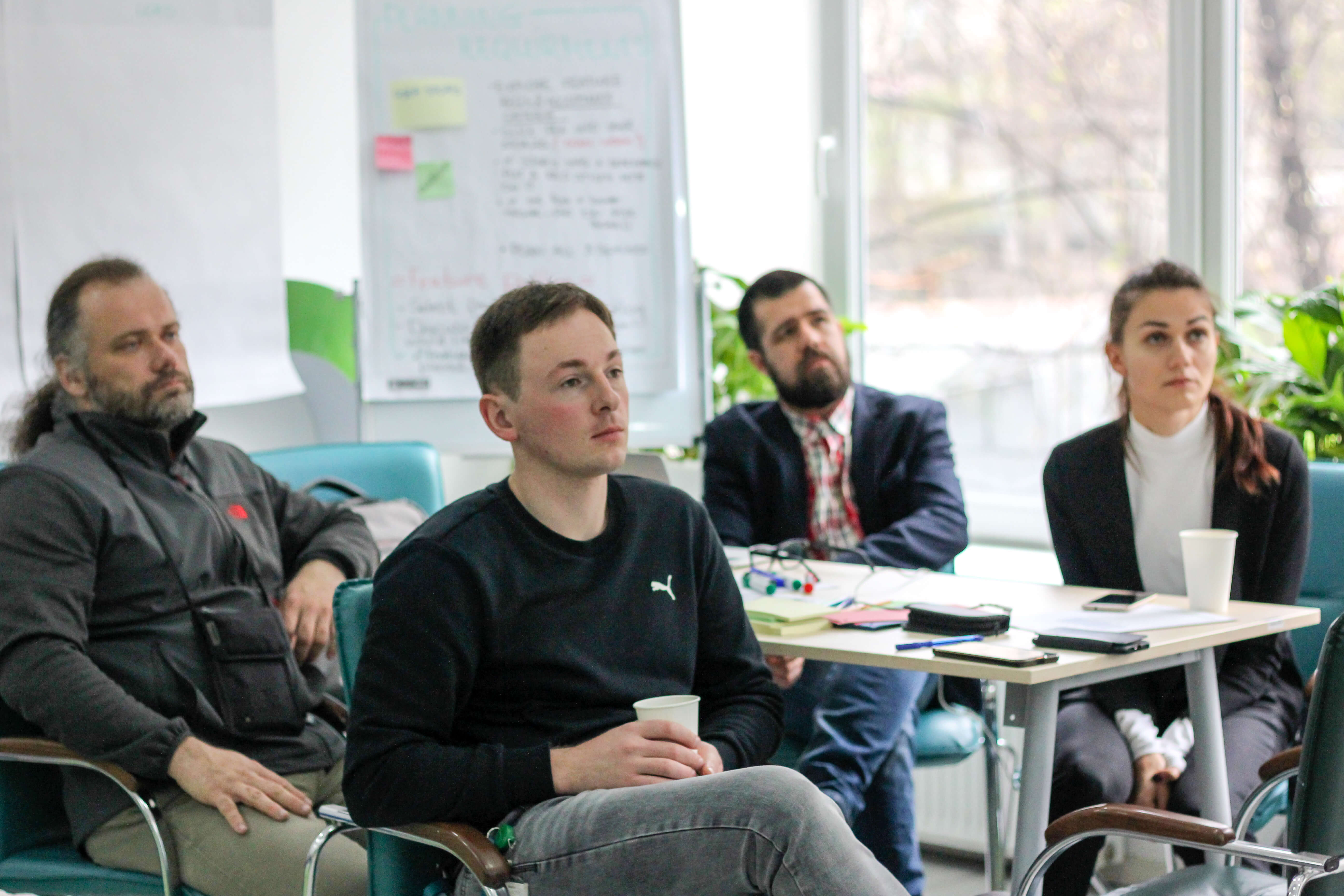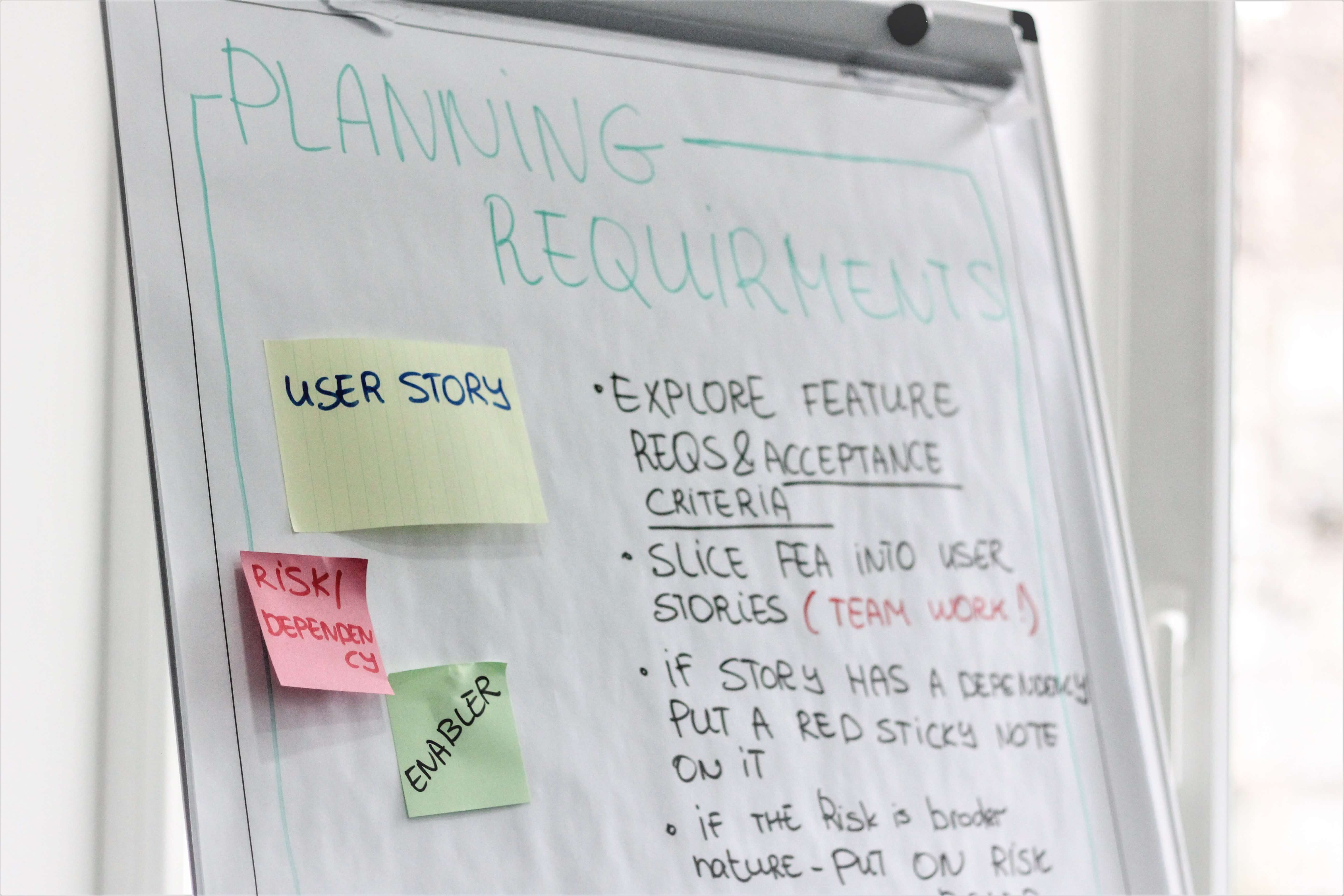How does a successful team impact business objectives
Every day we move forward trying to answer the most common HOWs:
- How to succeed?
- How to stand out from competitors?
- How to expand competencies and become better?
Lots of theories and practices tell us about the list of characteristics of a successful team who makes a successful product.
What are the main indications of productive teamwork and delivery of extraordinary results?
The first things that come to mind are:
- Setting and focusing on common business goals,
- People who are satisfied with their job, thanks to constant communication with their colleagues, will be able to solve the task of any complexity
- Feedback culture is crucial during all stages of development and post-production process.

Recent studies show that high-performing agile software development teams are critical. However, any development process (even modern agile methods) doesn’t cover all pain points, and in practice, software development teams can be easily distracted from the main business objectives. That’s why to achieve significant business goals, any team needs coordination. It will improve the process in general not allowing doing wrong things or the right thing but at the wrong time.
Big Room Planning
Infopulse SCM team is always ready to try out new practices into the development process. We decided to experiment with Big Room Planning to think on the next release deliveries.

What differs Big Room Event from the standard meeting?
The main purpose of conducting this open meeting for Infopulse SCM was to bring all engaged specialists together. Business owners and stakeholders, subject field specialists and development team had a chance to align business strategy with the development process.
The meeting started with the presentation of business vision and objectives for the next release. It followed with the explanation of Feature Backlog priorities and feature requirements.
Majority of time is set aside for the scrum teams. They were working together to create product development plans clearly defining sprints work for the next Product Release.
Agile Manifesto tells “Individuals and interactions over processes and tools.” This phrase expresses the uniqueness of the planning where all participants communicate with each other face-to-face, sitting in one Big Room.
Outcomes
The main points we outlined for 2-day-workshop:
- Coordination of the development process with business goals, i.e. concept of product development and purposes for the next release with objectives and priorities of development teams;
- Tasks planning for the next release – high-level planning for five sprints in advance, identification of risks and dependencies;
- Socialization and live communication.
We’ve done lots of work. However as always there is more work ahead and there is a field for dramatic improvement.
For example, the first ‘Fail fast’ was about a lack of understanding. Some features didn’t have a clear scope. Then the long and live discussions took place. As a result, Product Owners decided to shift the priorities and move on to the planning of the next features. It was not good as it deviated from the business prioritities but good in a sence that this is the lesson for the future improvement!
What worked really well and surprised positively was that such planning setup allowed one of the team to complete Sprint planning within 1 hour. Earlier such activity could take much longer.
Try Compliance Aspekte For Free
Book a 1-2-1 Live Demo and Obtain a 3-months Non-binding Trial
